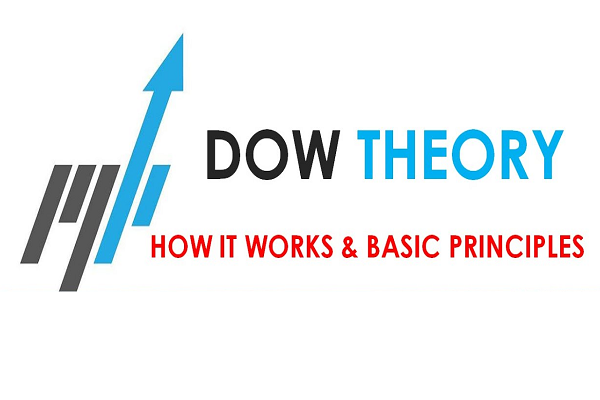The Dow theory is a monetary theory that says the market is in a vertical pattern if one of its midpoints (for example industrials or transportation) propels over a past significant high and is joined or followed by a comparative development in the other average.

For instance, if the Dow Jones Industrial Average (DJIA) moves to a transitional high, the Dow Jones Transportation Average (DJTA) is relied upon to follow after accordingly inside a sensible timeframe.
KEY TAKEAWAYS
- The Dow Theory is a specialized structure that predicts the market is in a vertical pattern assuming one of its midpoints progresses over a past significant high, joined or followed by a comparative development in the other normal.
- The theory is predicated on the idea that the market limits everything in a manner reliable with the effective business sectors hypothesis.
- In such a worldview, diverse market records should affirm each other as far as value activity and volume designs until patterns switch.
Standards of Dow Theory
One: The market limits everything
As such, the costs of stocks and records mirror all accessible data and the main data that can’t be reflected in what is mysterious. This is known as the Efficient Market Hypothesis (EMH).
Two: The three-pattern market
Dow theory features that essential patterns will more often than not keep going for one year or more. They direct whether a market is bullish (up moving) or negative (descending moving).
Secondary patterns are the remedial moves inside an essential pattern. They ordinarily last between three weeks and 90 days, and lead to securities exchange adjustments (a drop in stock costs) in a buyer market and mobilizes (increases in stock costs) in a bear market.
At last, there are minor patterns that mainly last merely days and which are generally “market commotion”, all in all, flighty transient vacillations in stock costs.
Three: Key patterns stay basically until a reversal happens
This is one of the more questionable components of Dow’s theory. For sure, inversions in essential patterns can undoubtedly be mistaken for the development of secondary trends. The Dow Theory thusly advocates alert, as it is hard to recognize the two until after the occasion.
Four: The three periods of essential trends
The principal period of essential patterns discovers that educated financial backers benefit from an aggregation stage (before a positively trending market) or a dissemination stage (before a bear market). Traders then, at that point, move towards a second open cooperation stage, which is the point at which the biggest value development happens.
Five: Volume should affirm the main patterns
Volume should increment toward the pattern to give affirmation. It is just an optional sign however Dow understood that on the off chance that volume didn’t increment toward the pattern, this is a warning. This implies that the pattern may not be substantial.
Six: Key patterns should affirm each other across market indices
This last principle, that two restricting essential patterns can’t coincide on two diverse market records, was without a doubt the most critical to Charles Dow. At the end of the day, the essential pattern found on a market file should forever be affirmed by a comparable pattern on another market file as well as the other way around.
